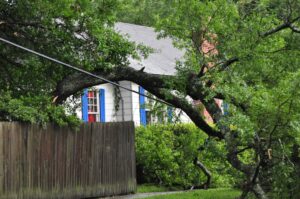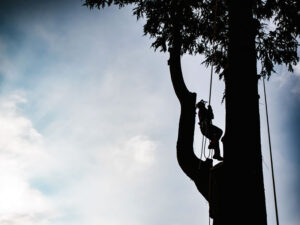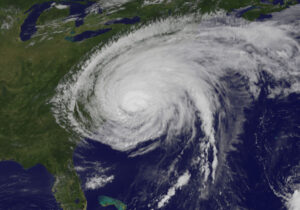In This Article ...
Long-Term Growth, Lasting Value
Holmdel Township is known for its rolling neighborhoods, scenic estates, and tree-lined landscapes that frame homes from Crawfords Corner to Telegraph Hill. As a certified arborist who has cared for Monmouth County trees for more than two decades, I’ve seen firsthand how much the right seasonal trimming can extend the life of a tree and protect a property. Trees here aren’t just part of the scenery — they’re long-term investments in shade, curb appeal, and property value. But left unmanaged, they can quickly become a burden, threatening structures, wires, and even personal safety. That’s why I always remind homeowners: trees are an asset, but without proper care, they can turn into your nemesis.
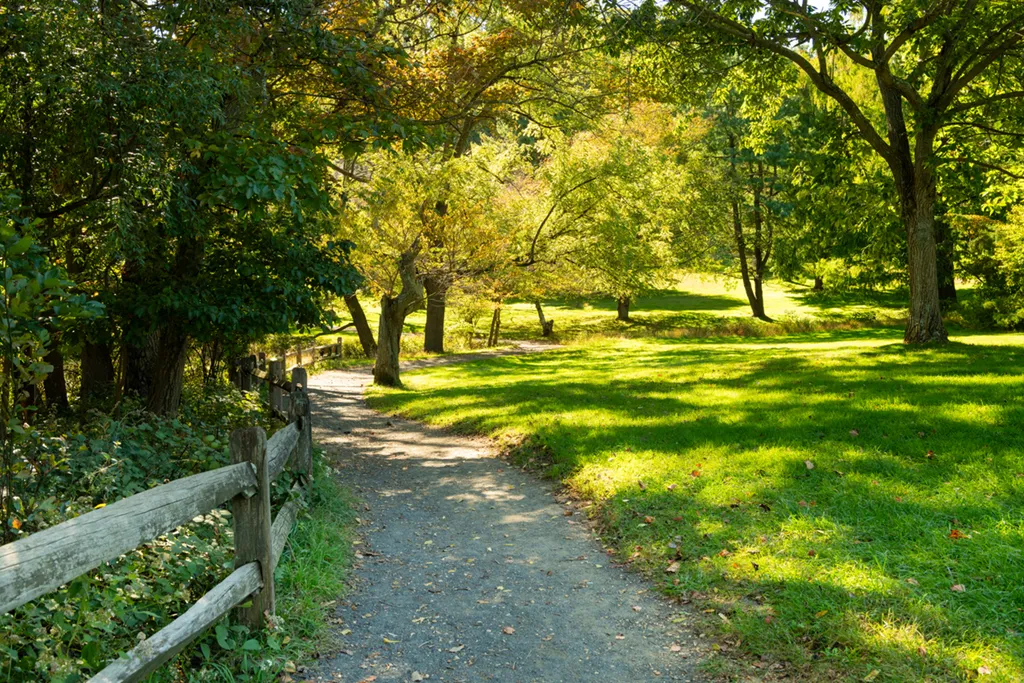
Seasonal tree trimming isn’t just a chore to check off a homeowner’s list. It’s a deliberate strategy that gives trees the best chance to thrive year after year. In Holmdel, our trees face a unique blend of conditions: heavy coastal winds that roll in from the bay, clay and loam soils that hold water unevenly, and rapid seasonal swings that stress weak branches. Trimming on schedule helps trees adapt to those pressures by guiding their structure, strengthening their core limbs, and reducing the chances of sudden failure. It’s the difference between trees that fight to survive and trees that develop into strong, lasting assets for your property.
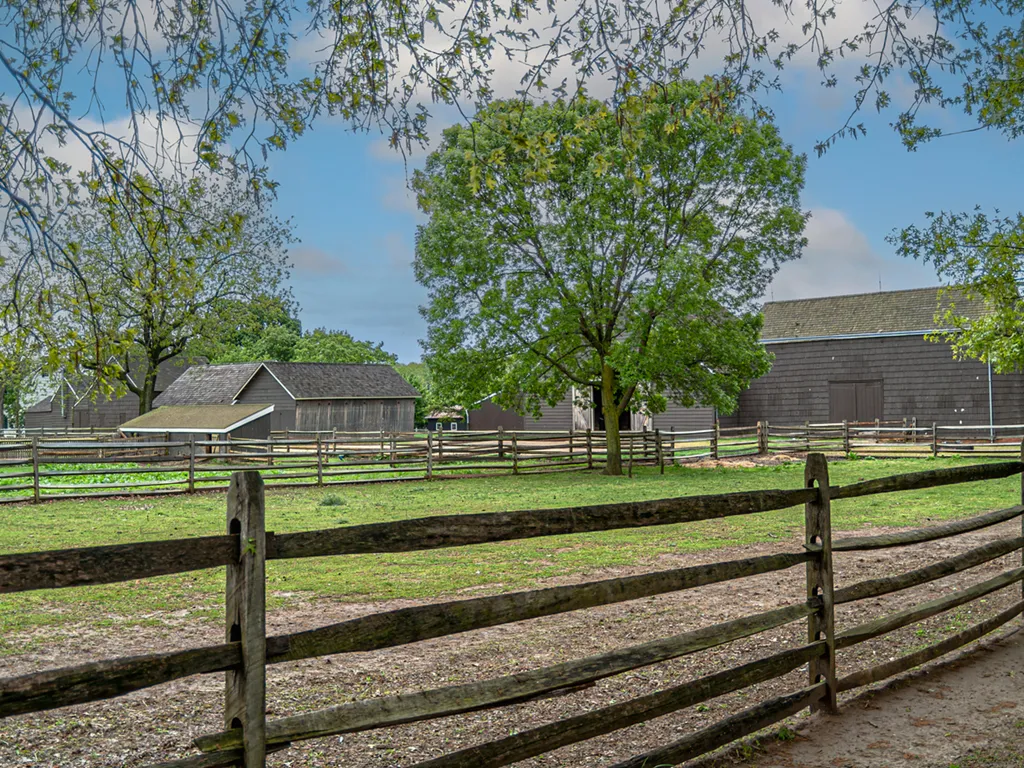
When you walk through Holmdel Park in spring or along the landscaped edges of Bell Works, you can see how proper trimming shapes the landscape. Maintained trees have balanced canopies, plenty of airflow, and clean branch spacing that allows light to reach the ground. They look purposeful, like part of a designed environment. On the other hand, untrimmed trees often grow unevenly, with crossing branches, deadwood, or dense clusters that invite fungus and pests. Over time, those neglected trees don’t just lose their beauty, they become liabilities — prone to dropping limbs during storms or leaning dangerously toward structures.
That’s why we stress to homeowners that trimming is an investment, not an expense. A well-timed cut does more than improve appearance; it preserves structural integrity, channels energy into healthy growth, and prepares the tree to withstand what Holmdel’s seasons throw at it. When done consistently, trimming transforms trees from unpredictable elements into dependable, long-term assets. For families in neighborhoods from Crawfords Corner to Indian Hill, seasonal trimming is the cornerstone of tree development — protecting your home, your landscape, and the value of your property for decades to come.
Holmdel Nature Spotlight: The David C. Shaw Arboretum
If you’re in Holmdel Park, make time to visit the David C. Shaw Arboretum. It began in 1963 with just 87 trees and shrubs and has since expanded to nearly 3,000 specimens across 22 acres. Much of the plant material was donated by local nurserymen, making the arboretum an excellent resource for seeing which trees truly thrive in our area.
What makes it especially valuable is that every tree and shrub is allowed to grow naturally to maturity. This gives homeowners a living reference point for how different species will look decades down the line, helping them choose the right fit for their own yards. From shade trees to ornamentals, it’s a real-world catalog of options that work in Monmouth County soils and climate.
The arboretum was founded with education in mind — to teach residents about the wide variety of woody plants available for landscaping and to encourage thoughtful planting. It carries the name of David C. Shaw, who served as superintendent of the Monmouth County Shade Tree Commission from 1963 until 2002. His dedication to tree care and public education left a legacy that continues to benefit homeowners and tree lovers throughout Holmdel today.
Why Seasonal Trimming Matters in Holmdel
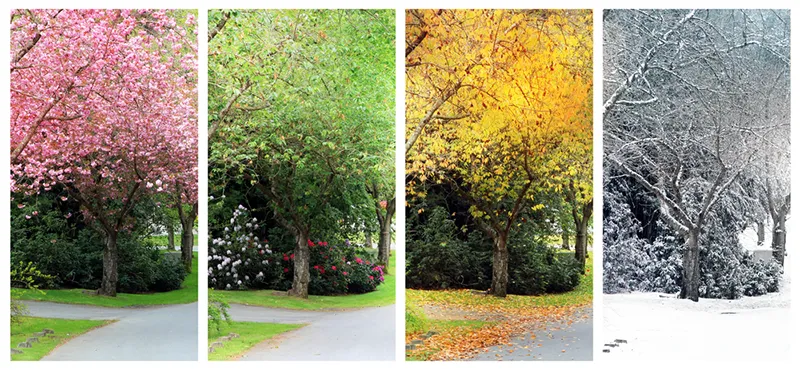
Every season brings unique pressures on trees in Holmdel. Winter ice can weigh down weak branches. Spring pushes rapid growth, often in unwanted directions. Summer storms roll across the Bayshore, testing the strength of every limb. And fall piles leaves and moisture into every crevice. Without regular attention, these cycles create weak spots, crossing limbs, and dangerous overgrowth.
Trimming at the right time means more than just a clean look. It promotes airflow, reduces disease spread, and helps a tree allocate energy toward healthy branch structures. In Holmdel, where mature oaks, maples, and sycamores dominate yards, proper trimming extends their life spans by decades.
I’ve seen too many cases where a homeowner ignored trimming for years, only to face costly removals when limbs began dropping near homes or driveways. Contrast that with the clients who schedule seasonal trimming: their trees stand taller, resist storm damage, and frame the property like natural architecture. The difference is obvious, not only in aesthetics but in safety and long-term savings.
-
Seasonal trimming strengthens trees against wind, ice, and summer storms
-
Keeps growth balanced and prevents structural problems
-
Improves sunlight penetration and air circulation
-
Reduces hazards from falling limbs
-
Protects property value and curb appeal
In short, trimming is an investment in prevention. And prevention is always cheaper and safer than emergency removal.
Spring Trimming: Setting the Stage for Healthy Growth
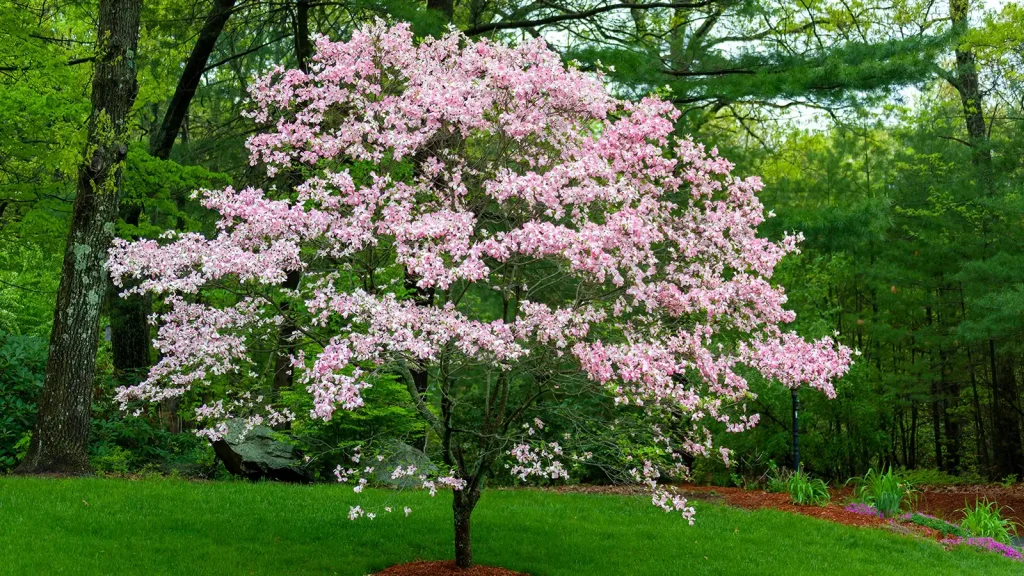
Spring in Holmdel comes alive with blossoms in Bayonet Farm and new shoots along Route 34. For homeowners, it’s the moment to evaluate what winter left behind. Broken or cracked branches are common after ice and snow. If ignored, they create entry points for pests and disease. That’s why early spring trimming is focused on inspection and repair.
At this stage, we thin out deadwood, shape new growth, and redirect energy away from weak crotches or rubbing branches. Fruit trees and ornamentals, common in Holmdel gardens, especially benefit from spring pruning. Done correctly, it increases bloom production and sets the stage for healthier yields later in the year.
One mistake we often see is homeowners trimming too heavily in spring. Cutting back too much during a growth surge stresses the tree, forcing it to push out weak, “panic” shoots. As arborists, we know how to balance selective cuts so trees develop strength instead of stress.
-
Assess winter damage and remove hazards early
-
Thin deadwood to prevent insect and fungus problems
-
Shape ornamentals and fruit trees for bloom and yield
-
Control crossing branches before they worsen
-
Establish a foundation for healthy summer growth
By starting spring with a careful trim, we give every tree the best chance to thrive when the real growth season begins.
Summer Trimming: Managing Growth and Storm Prep
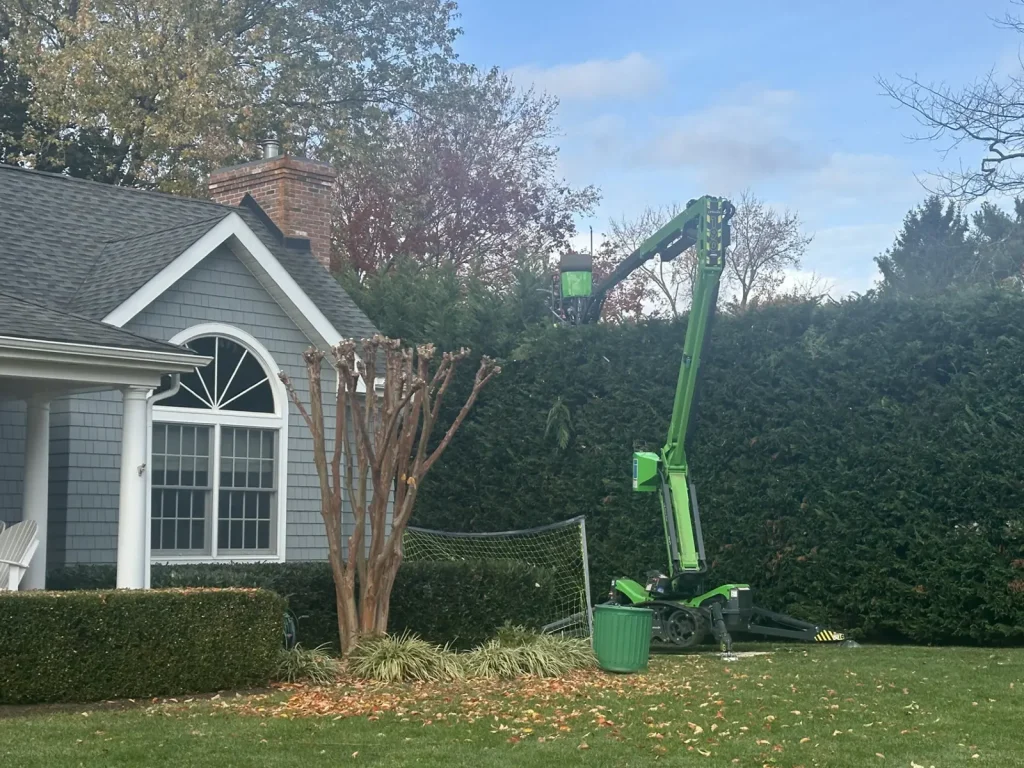
Summer in Holmdel brings heavy rains, fast growth, and the risk of thunderstorms rolling off the bay. A tree’s canopy can double in density between May and July. Left unchecked, that density acts like a sail in high winds, pulling trees over or snapping branches across roofs and power lines.
Summer trimming is about managing this flush of growth. We thin dense canopies, cut back water sprouts, and reduce sail effect on vulnerable species like Bradford pear and silver maple. In neighborhoods like Indian Hill or near Village Elementary, where many properties back into wooded edges, this step is especially important for protecting against storm damage.
Another overlooked benefit is light management. Trimming in summer opens the canopy, allowing grass and garden beds below to receive sunlight. A balanced canopy also reduces humidity under the tree, which limits fungus and insect activity.
Some property owners hesitate to trim in summer, thinking it may harm growth. The truth is, selective summer cuts actually slow down over-aggressive branches and redirect energy into stronger, more balanced development. It’s one of the most powerful tools for long-term shaping.
-
Reduce canopy density to limit storm sail effect
-
Control aggressive or fast-growing shoots
-
Improve light penetration for lawns and gardens
-
Lower humidity under canopy to reduce pests
-
Strengthen overall tree balance for long-term form
Summer trimming transforms an overgrown liability into a storm-ready asset.
Fall Trimming: Preparing for Dormancy
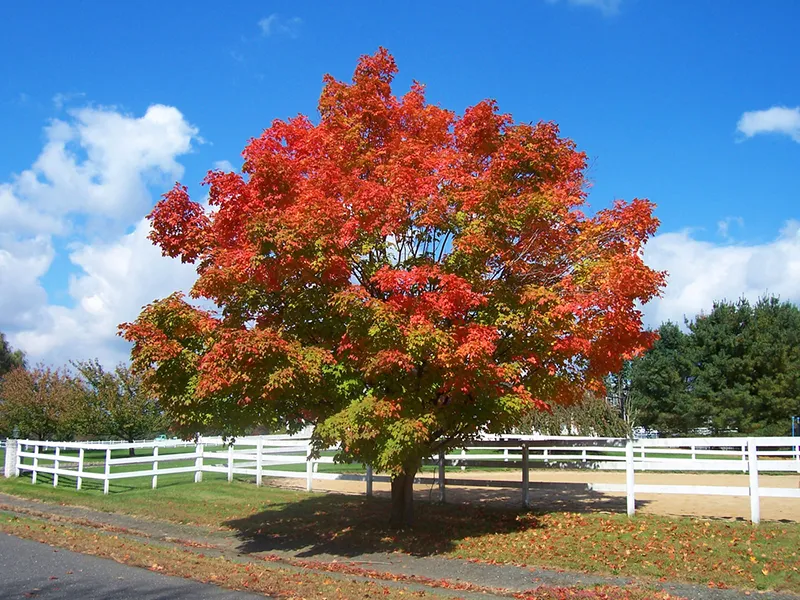
Autumn in Holmdel is a showcase. Drive along Main Street or through the hills near Holmdel Park, and you’ll see fiery maples and golden oaks painting the township. While homeowners enjoy the display, arborists are focused on what comes next: dormancy.
Fall trimming is about preparing trees for rest. By cutting back problem branches before winter, we reduce the risk of storm-related breakage. Oaks, ashes, and beeches, common in this area, all hold large limbs that can cause major damage if they fail under snow or wind. Fall is the time to lighten the load.
Another key step is crown cleaning. Removing deadwood in fall keeps fungi from colonizing during wet, cold months. It also ensures that when spring arrives, the tree starts fresh instead of wasting energy on decay.
For ornamental hedges and structured plantings — popular along estate driveways and property lines — fall trimming is critical. We shape them before frost so they maintain clean lines through winter.
-
Remove weak or hazardous branches before snow load
-
Clean crowns to prevent fungi and decay
-
Reduce weight on oaks, ashes, and beeches
-
Shape hedges and ornamentals for year-round curb appeal
-
Protect structures and driveways before winter storms
With fall trimming, trees enter dormancy strong and prepared, not vulnerable and overloaded.
Winter Trimming: Strategic Cuts for Stronger Structure

Winter in Holmdel may seem quiet, but for arborists, it’s one of the best times to work. Trees are dormant, sap flow is minimal, and branches are bare, revealing full structure. This clarity allows us to make precise cuts that shape long-term growth.
Large structural pruning, which is harder to do in active growth seasons, is ideally performed in winter. Oaks, elms, and sycamores benefit from this timing because disease pressure is lower in cold months.
Homeowners also find winter trimming less disruptive. With leaves gone, equipment access is easier, and there’s no impact on landscaping or gardens. For properties near Holmdel Park or PNC Bank Arts Center, where large canopy trees dominate, winter trimming ensures they’re structurally sound before spring storms arrive.
One of the best-kept secrets is that winter pruning can actually accelerate spring growth in the right places. By removing unnecessary branches now, we direct energy to the strongest limbs once the thaw begins.
-
Use bare-branch visibility for precise structural cuts
-
Perform major pruning without stress to the tree
-
Reduce disease risk by trimming during dormancy
-
Prepare large trees for spring and summer storm season
-
Redirect spring energy to stronger, healthier branches
Winter is the hidden season for the biggest long-term gains in tree health.
Protecting Your Investment: Trees as Assets, Not Liabilities
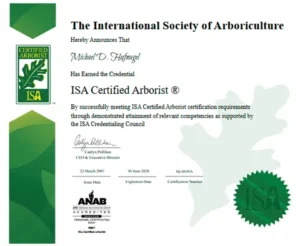
Trees in Holmdel aren’t just part of the view — they are real property investments. Mature, healthy trees increase home values, provide energy savings, and enhance neighborhood character. Poorly maintained trees, however, can lower value, create safety hazards, and cost thousands in removals or storm repairs.
We’ve built our reputation in Holmdel and across Monmouth County by helping homeowners protect those investments. With over 200 five-star Google reviews and years of experience in local soils, species, and weather patterns, we know how to keep trees in balance year after year.
If you live in the area, call Hufnagel Tree Service today at (732) 291-4444 to schedule your free inspection and see why we are the trusted name in local tree care.
Schedule Service
From precision pruning and safe removals to health assessments and preventative care, Hufnagel Tree Service delivers expert solutions backed by decades of experience. We offer certified insight, fair pricing, and a commitment to doing what’s best for your landscape.
Take Advantage of These Special Offers:
10% OFF
Tree Service Over $100
15% OFF
Tree Service Over $250
20% OFF
Tree Service Over $500
Learn More About Our Services
Related Articles

Precision Tree Trimming & Pruning in Atlantic Highlands, NJ

Lincroft Tree Trimming & Pruning by Certified Pros

Keep Trick-or-Treaters Safe: A Halloween Tree Safety Guide


